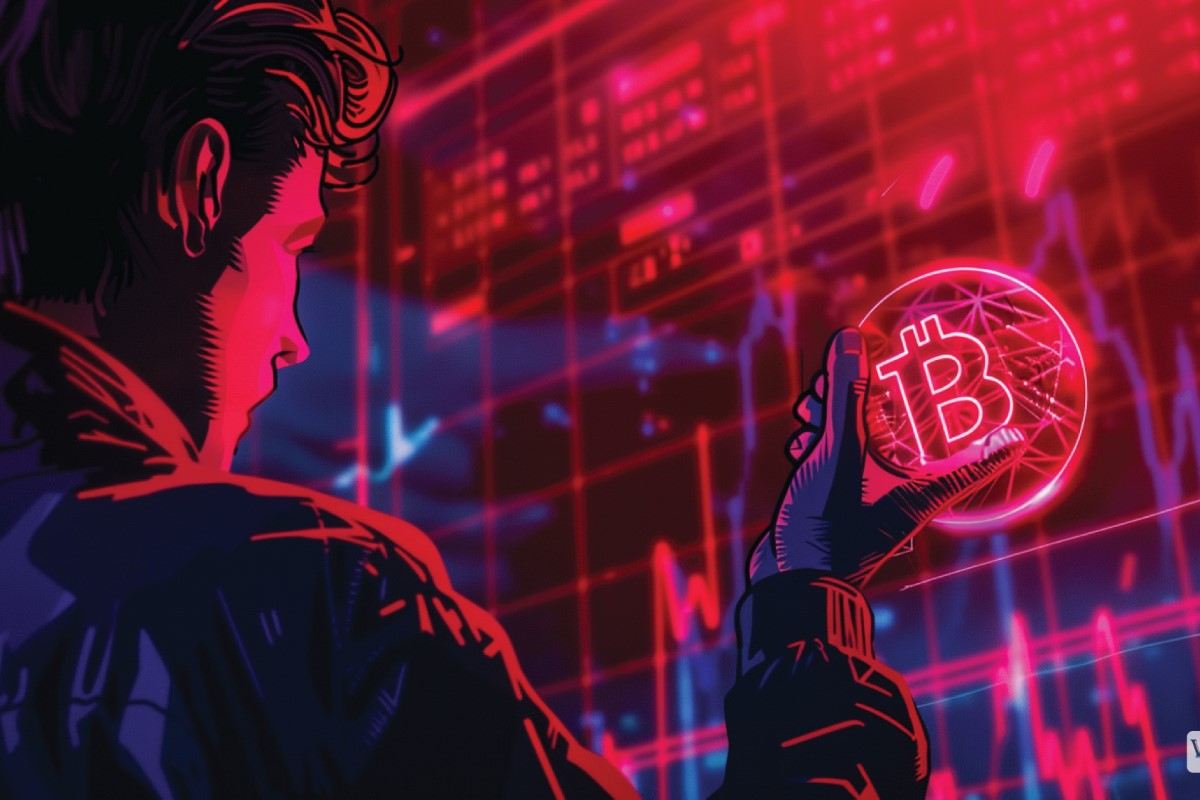Key Insights
- Bitcoin mining difficulty fell by 7.32% in December.
- The crypto winter and China ban have led to more miners switching off their machines.
- Bitcoin mining has an algorithm that readjusts the mining process’s difficulties.
Since July 2021, the rising costs of Bitcoin mining have increased amidst the token’s price value decline. In this period that has spanned several months, miners have been battling the low price of Bitcoin— leading to a decline in revenue and high electricity rates.
During this period, Bitcoin miners have been caught between the high cost of mining and the continuous price fall of the token.

The reality of the crypto winter has dawned on the mining industry. Coupled with the hash rate that started dropping around mid-November. Since then, the profitability of Bitcoin mining has taken a hit and continues to affect miners, especially the major mining firms.Â
For instance, major mining firms like Core Scientific (CORZ) and Argo Blockchain (ARBK) are battling liquidity crunches. Similarly, Compute North, another mining firm, filed for Chapter 11 bankruptcy. Â
However, there is a sigh of relief for miners as the mining difficulty dropped for the first time since July 2021.Â

Bitcoin Mining Difficulty Tumbles
Today, the difficulty of mining a Bitcoin block fell by 7.32% as miners powered off their machines. The powering off became expedient as the ongoing bear market ate into the profit of these miners.Â
There was a significant adjustment at the block height of 766,080, the biggest downward change since July 2021. It was at this point that hordes of miners dropped off the network.Â

Similarly, China, the world’s biggest premier crypto mining hub, announced the mining ban. This announcement led to a large number of miners dropping off the network.Â
Furthermore, there has been an influx of new and more efficient machines into the mining pool. As more miners come online, the hash rate grows higher. Reports revealed that between August and November 21, the hash rate increased by about one-third—- leading to more difficulty for miners.Â
Significantly, the mining difficulty always adjusts to the hash rate of computing power. That is, the more miners jostling to create a new block on the network, the higher the hash rate and difficulties.Â
Understanding Mining Difficulty
In mining a block on the Bitcoin network, miners jostle to validate the blocks. In most cases, these miners are many and spread across several locations— in this mining process; the difficulty continues to increase while validating new blocks.Â
Significantly, the network is decentralized with an algorithm hard-coded into the source code. As the difficulty and hash rate increase, the algorithm constantly readjusts the mining process difficulties.Â
So, while many miners jostle to operate the network, the algorithm keeps the network steady.Â
It is important to know that Bitcoin uses the Proof of Work mechanism— bringing about more gas fees and slow transaction validation, thereby increasing miners’ difficulty.Â

Bitcoin is currently following a bearish trend. At the time of writing, BTC is changing hands around the $16977.75 level, down by almost 2% over the last day.
Disclaimer: Voice of Crypto aims to deliver accurate and up-to-date information but will not be responsible for any missing facts or inaccurate information. Cryptocurrencies are highly volatile financial assets, so research and make your own financial decisions.








